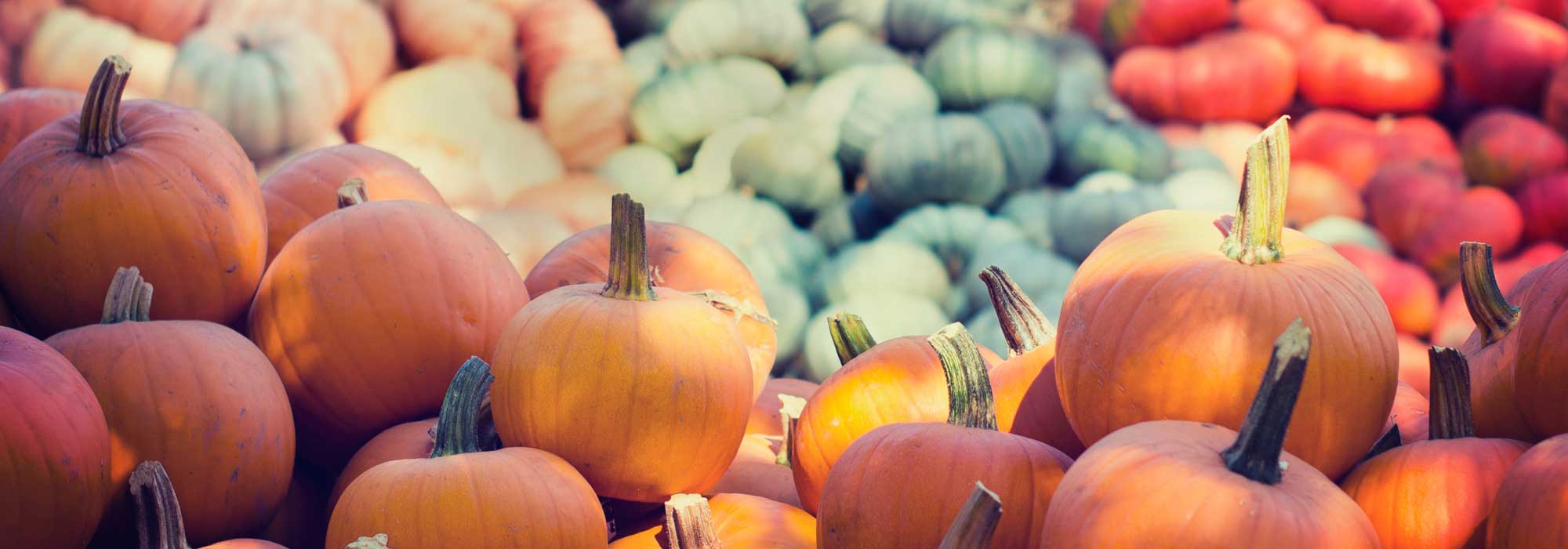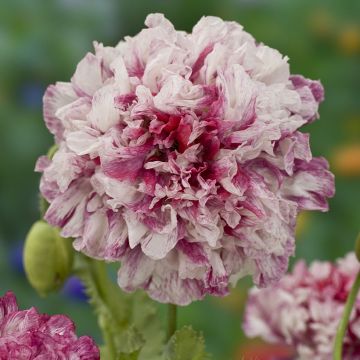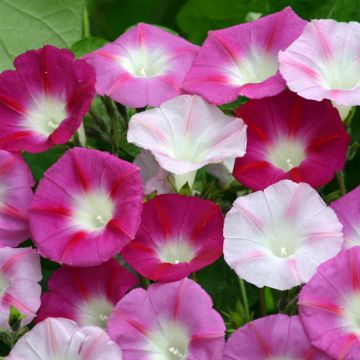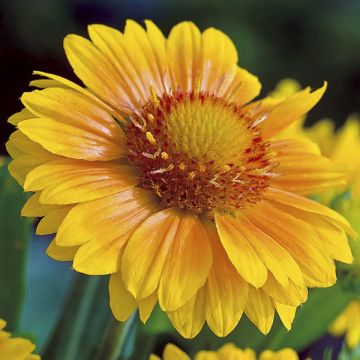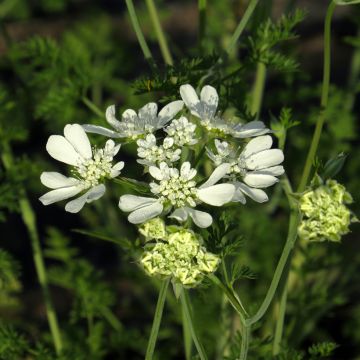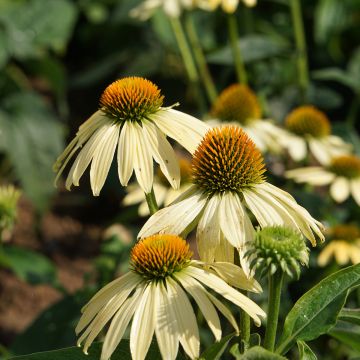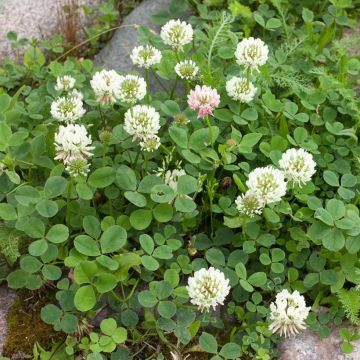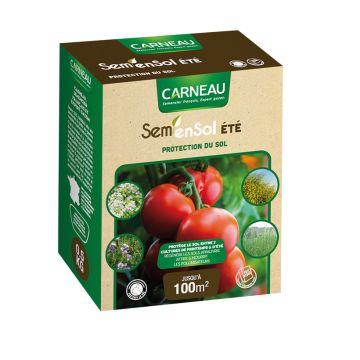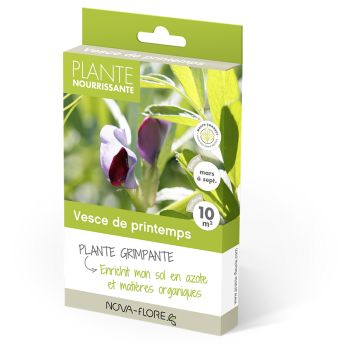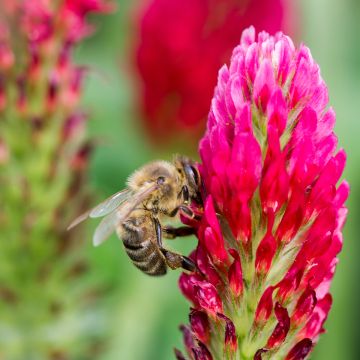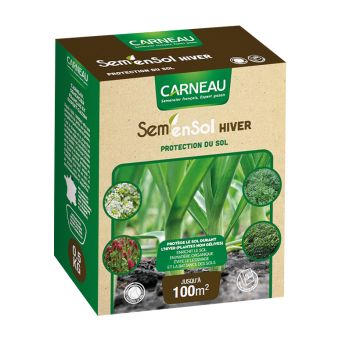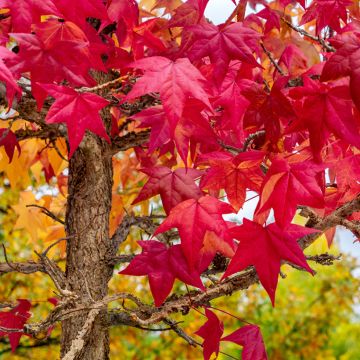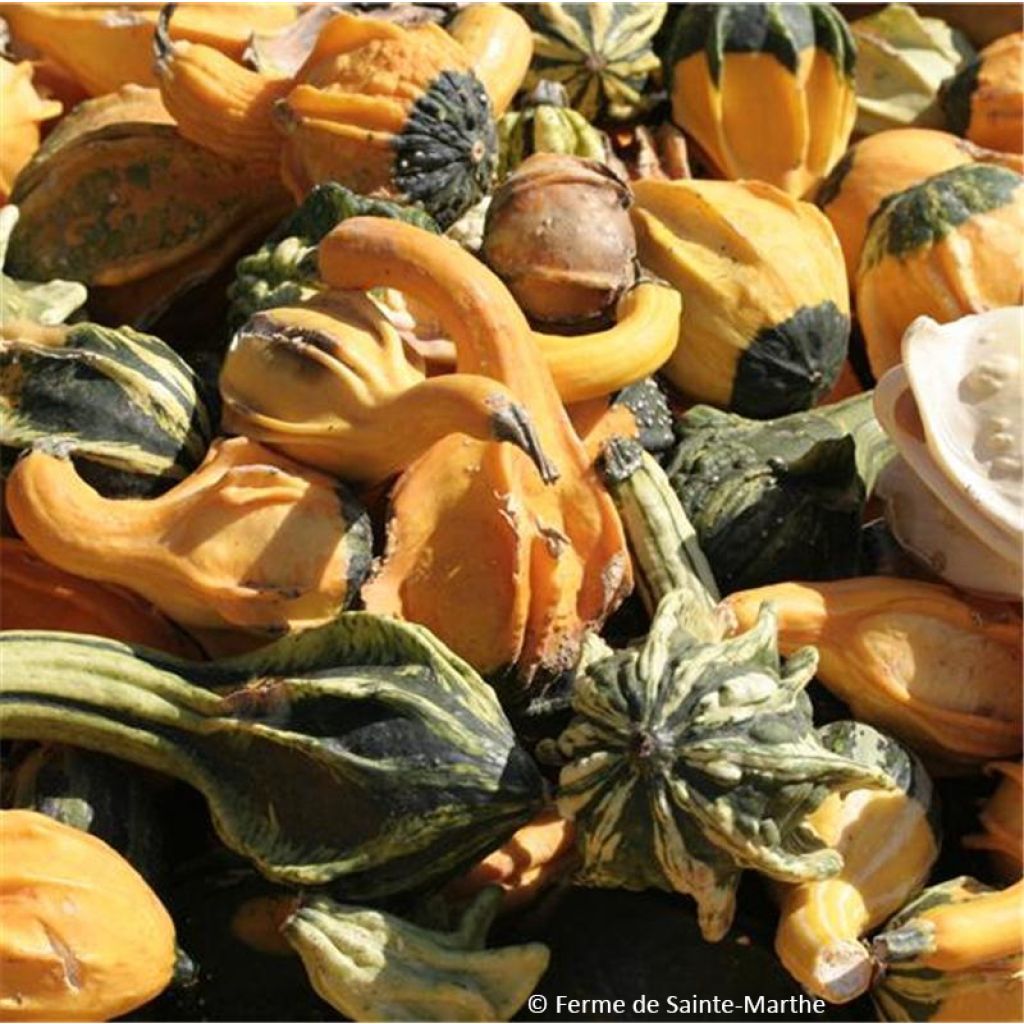

Coloquintes Indian Mix Bio - Ferme de Sainte Marthe
Ornamental gourd Small Fruited Mix Seeds - Cucurbita pepo
Cucurbita pepo Indian Mix
Ornamental pumpkin
Special offer!
Receive a €20 voucher for any order over €90 (excluding delivery costs, credit notes, and plastic-free options)!
1- Add your favorite plants to your cart.
2- Once you have reached €90, confirm your order (you can even choose the delivery date!).
3- As soon as your order is shipped, you will receive an email containing your voucher code, valid for 3 months (90 days).
Your voucher is unique and can only be used once, for any order with a minimum value of €20, excluding delivery costs.
Can be combined with other current offers, non-divisible and non-refundable.
Home or relay delivery (depending on size and destination)
Schedule delivery date,
and select date in basket
This plant carries a 6 months recovery warranty
More information
We guarantee the quality of our plants for a full growing cycle, and will replace at our expense any plant that fails to recover under normal climatic and planting conditions.
Would this plant suit my garden?
Set up your Plantfit profile →
Description
Small-fruited ornamental gourd are annual climbing or trailing vines. These small gourds are cultivated for decorative purposes because, no matter how pretty their original shapes and vibrant combinations of colours are, they are not edible. Their bitter flesh is used in phytotherapy for some of their medicinal properties but is toxic when eaten directly.
Cucurbita pepo, in Latin, belongs to the large family Cucurbitaceae. Like all pumpkins and squashes, gourds like rich, moist soil. So, do not hesitate to provide them with plenty of water and well-decomposed garden compost or manure so that they can grow to their full potential and produce many fruits.
Most varieties are climbing. Their supple branches are equipped with tendrils that will cling to the frame that you have provided them with so that their fruit will be as well-exposed as possible to the sun. If they do not have a frame, they trail and spread along the ground. Choose a warm and sunny position for them.
Harvested in September-October, before the first frosts, the fruit must be cut down with part of its stalk. Stored in a warm and dry place, the flesh will dry out in a few weeks. In this way, the mummified fruit can be used for home decoration. The growing and harvesting of these abundant, colourful mini pumpkins is a great opportunity to introduce children to gardening.
Flowering
Foliage
Plant habit
Botanical data
Cucurbita
pepo
Indian Mix
Cucurbitaceae
Ornamental pumpkin
Cultivar or hybrid
Other Flower seeds A to Z
View all →Planting and care
Sow ornamental gourd in mid-April in small pots. Use good quality compost, possibly enriched with mature garden compost. Sow in holes, in groups of 2 to 3 seeds (in the same hole). Cover the seeds, tamp down lightly and water generously with a fine spray nozzle. Place your pots in a bright position without direct sunlight, at a temperature of 15 to 20 °C.
Seed emergence will take about 7 days. As soon as the plants have developed two beautiful leaves, pinch back the tip of the stem. This will cause the formation of lateral branches. Repeat the operation a few weeks later, above the fifth leaf. 15 days before planting them out in their final positions, begin to acclimatize them gradually to a temperature of 15 °C.
End of May, beginning of June, the temperature in the garden should be warm enough to plant out your seedlings. Choose a spot with plenty of sunshine. Add a good shovelful of garden compost to each planting hole. Space your plants 1 to 2 m apart.
Don't forget to leave a frame at their disposal. To this purpose, you can use a wire fence or even the low-hanging branches of an old tree.
Harvest the fruits in autumn before the first frosts and dry them before using them as a decoration. While they dry out, wipe the fruits down with a soft, dry cloth to take off any superficial mould that might appear.
Sowing period
Intended location
Planting & care advice
This item has not been reviewed yet - be the first to leave a review about it.
Similar products
Haven't found what you were looking for?
Hardiness is the lowest winter temperature a plant can endure without suffering serious damage or even dying. However, hardiness is affected by location (a sheltered area, such as a patio), protection (winter cover) and soil type (hardiness is improved by well-drained soil).

Photo Sharing Terms & Conditions
In order to encourage gardeners to interact and share their experiences, Promesse de fleurs offers various media enabling content to be uploaded onto its Site - in particular via the ‘Photo sharing’ module.
The User agrees to refrain from:
- Posting any content that is illegal, prejudicial, insulting, racist, inciteful to hatred, revisionist, contrary to public decency, that infringes on privacy or on the privacy rights of third parties, in particular the publicity rights of persons and goods, intellectual property rights, or the right to privacy.
- Submitting content on behalf of a third party;
- Impersonate the identity of a third party and/or publish any personal information about a third party;
In general, the User undertakes to refrain from any unethical behaviour.
All Content (in particular text, comments, files, images, photos, videos, creative works, etc.), which may be subject to property or intellectual property rights, image or other private rights, shall remain the property of the User, subject to the limited rights granted by the terms of the licence granted by Promesse de fleurs as stated below. Users are at liberty to publish or not to publish such Content on the Site, notably via the ‘Photo Sharing’ facility, and accept that this Content shall be made public and freely accessible, notably on the Internet.
Users further acknowledge, undertake to have ,and guarantee that they hold all necessary rights and permissions to publish such material on the Site, in particular with regard to the legislation in force pertaining to any privacy, property, intellectual property, image, or contractual rights, or rights of any other nature. By publishing such Content on the Site, Users acknowledge accepting full liability as publishers of the Content within the meaning of the law, and grant Promesse de fleurs, free of charge, an inclusive, worldwide licence for the said Content for the entire duration of its publication, including all reproduction, representation, up/downloading, displaying, performing, transmission, and storage rights.
Users also grant permission for their name to be linked to the Content and accept that this link may not always be made available.
By engaging in posting material, Users consent to their Content becoming automatically accessible on the Internet, in particular on other sites and/or blogs and/or web pages of the Promesse de fleurs site, including in particular social pages and the Promesse de fleurs catalogue.
Users may secure the removal of entrusted content free of charge by issuing a simple request via our contact form.
The flowering period indicated on our website applies to countries and regions located in USDA zone 8 (France, the United Kingdom, Ireland, the Netherlands, etc.)
It will vary according to where you live:
- In zones 9 to 10 (Italy, Spain, Greece, etc.), flowering will occur about 2 to 4 weeks earlier.
- In zones 6 to 7 (Germany, Poland, Slovenia, and lower mountainous regions), flowering will be delayed by 2 to 3 weeks.
- In zone 5 (Central Europe, Scandinavia), blooming will be delayed by 3 to 5 weeks.
In temperate climates, pruning of spring-flowering shrubs (forsythia, spireas, etc.) should be done just after flowering.
Pruning of summer-flowering shrubs (Indian Lilac, Perovskia, etc.) can be done in winter or spring.
In cold regions as well as with frost-sensitive plants, avoid pruning too early when severe frosts may still occur.
The planting period indicated on our website applies to countries and regions located in USDA zone 8 (France, United Kingdom, Ireland, Netherlands).
It will vary according to where you live:
- In Mediterranean zones (Marseille, Madrid, Milan, etc.), autumn and winter are the best planting periods.
- In continental zones (Strasbourg, Munich, Vienna, etc.), delay planting by 2 to 3 weeks in spring and bring it forward by 2 to 4 weeks in autumn.
- In mountainous regions (the Alps, Pyrenees, Carpathians, etc.), it is best to plant in late spring (May-June) or late summer (August-September).
The harvesting period indicated on our website applies to countries and regions in USDA zone 8 (France, England, Ireland, the Netherlands).
In colder areas (Scandinavia, Poland, Austria...) fruit and vegetable harvests are likely to be delayed by 3-4 weeks.
In warmer areas (Italy, Spain, Greece, etc.), harvesting will probably take place earlier, depending on weather conditions.
The sowing periods indicated on our website apply to countries and regions within USDA Zone 8 (France, UK, Ireland, Netherlands).
In colder areas (Scandinavia, Poland, Austria...), delay any outdoor sowing by 3-4 weeks, or sow under glass.
In warmer climes (Italy, Spain, Greece, etc.), bring outdoor sowing forward by a few weeks.






























